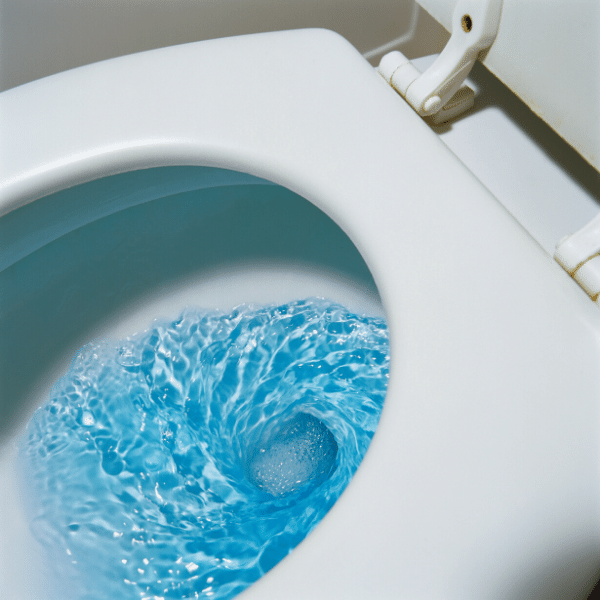There’s no hype with wet wipes…
A versatile wipe with a big secret!
Did you know most wet wipes contain plastic?
No? Well, you’re not alone.
Wet wipes are one of the most versatile products out there and lots of people like to use them as cleansers and make-up removers. But the big bad secret behind wet wipes is that instead of throwing them in the bin, they get flushed. And this is because many people don’t realise that most wet wipes are made of non-biodegradable plastic.

Is our daily routine is causing fatbergs?
Wet wipes are mainly made of plastic, so they don’t break down like toilet paper. Instead, they build up into huge sewer-blocking fatbergs that cost the UK millions to clear up.
That’s why we need you to join our campaign, to help spread the word. We even have an animation featuring Andy Serkis, that’s now being shown in loads of cinemas across the UK.
The hidden cost in your wet wipes
Of the 11 billion wet wipes sold in the UK every year, 90% contain some form of plastic. And what’s worse, the packaging is often confusing, vague, and doesn’t even mention that the wipes include plastic materials!
As City to Sea’s founder, Natalie Fee, says:
“Let’s face it, the real villains are the manufacturers who are still not listing the actual material of the wipe on the packaging. This is making it hard for people to realise they’re potentially flushing plastic into our rivers and waterways, and it’s ending up in the oceans.”

How can I help stop plastic pollution from wet wipes?
Really, we’d like you to stop using wet wipes altogether, but we know they have their uses at times. If you do feel the need to use them, put them in the bin and not down the toilet.
It’s a simple solution that’ll be helping to solve a serious plastic pollution problem.







